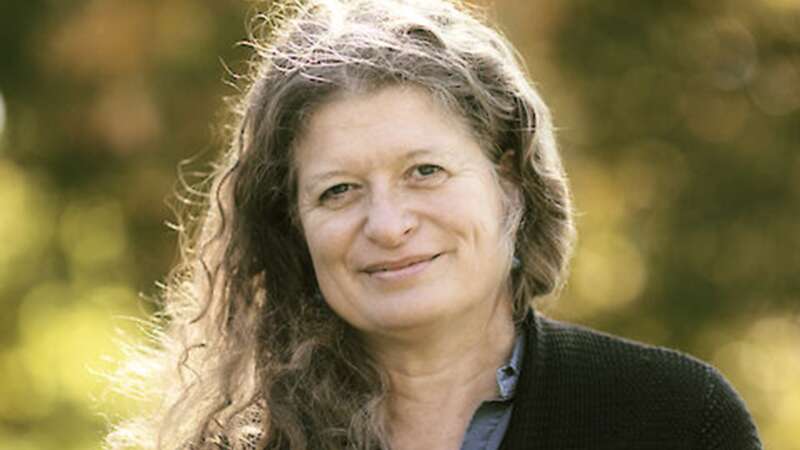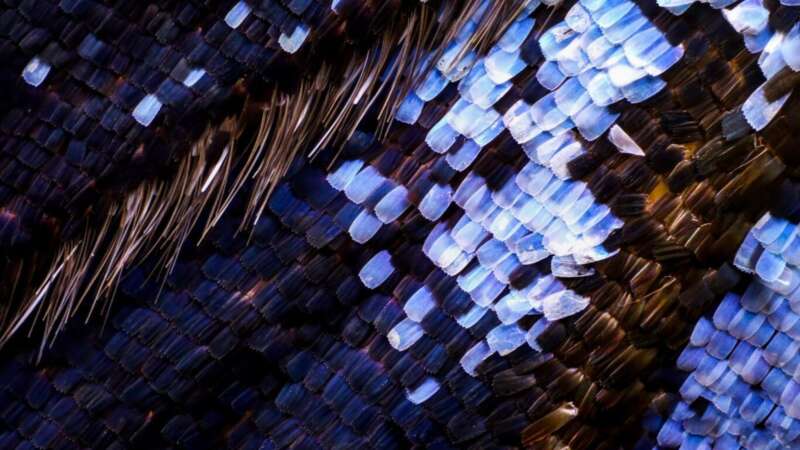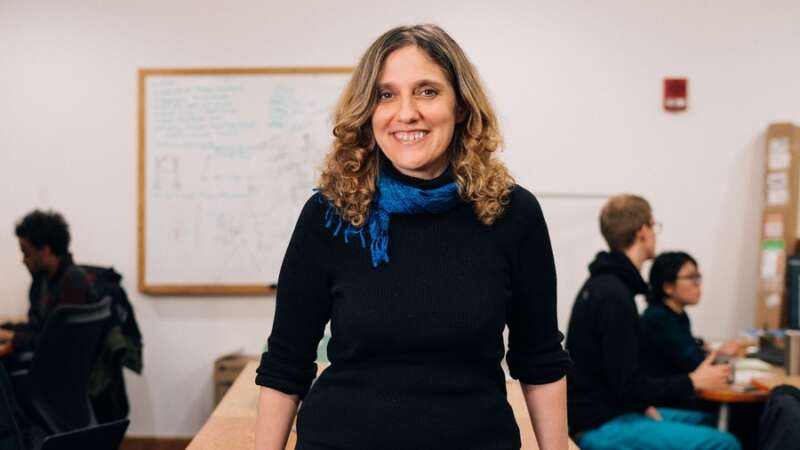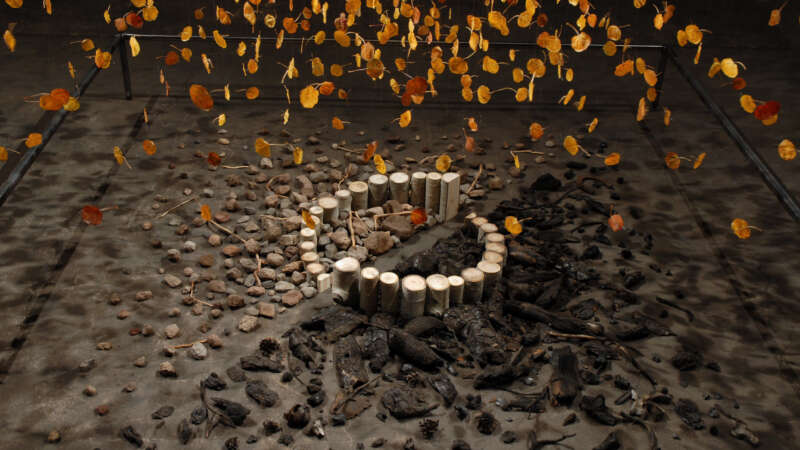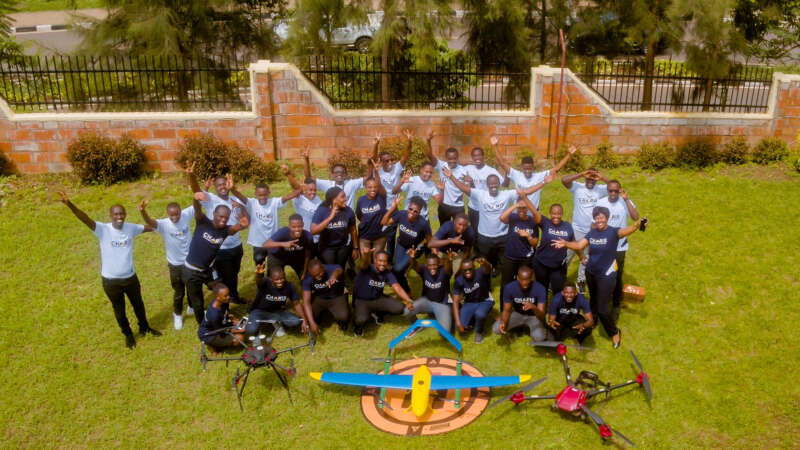Spotlight
Maya Lin: The Quiet Power of Design
When Maya Lin was just twenty-one, her quiet vision changed how a nation remembers. As an undergraduate at Yale, she submitted a class project to a national design competition. It was for a memorial for Vietnam War veterans. Her entry, a sleek wedge of polished black granite etched with the names of more than 58,000 fallen soldiers, was unlike anything the public had seen. Its simplicity sparked debate, but what some called too stark soon became one of America’s most intense and healing monuments.
Lin grew up in Athens, Ohio, surrounded by creativity and intellect. Her mother, a poet, and her father, a ceramic artist and art school dean, taught her to think across disciplines which became the foundation of her career. She often says her work lives “between boundaries – science and art, art and architecture, East and West.” That in-between space is where her designs find their quiet power, inviting reflection rather than demanding it.
Dr. Justina Ray: Listening to the Land
Dr. Justina Ray is not only protecting Canada’s wild spaces – she is about redefining how conservation itself is done. As President and Senior Scientist of Wildlife Conservation Society Canada, she has built a career that reaches far beyond field biology, asking what it truly means to sustain life across landscapes that shape both ecology and identity.
Her work has taken her to the tropical forests of Asia and Africa, the vast boreal and sub-arctic zones of Canada, and many places in-between guided by a singular conviction: science must serve the future of the living world.
Ray’s path into northern conservation began with questions rather than assumptions. How do wolverines and caribou survive when their ranges fragment? What happens when the climate itself becomes a moving target?
Chris Perani: The Art of Delicate Beauty
Chris Perani is a photographer who specializes in seeing the unseen. Known for his extreme macro photography, he captures butterfly wings and other minute natural subjects at a level of detail invisible to the naked eye. His images reveal dazzling mosaics of iridescent scales and textures that appear more like stained glass, sequins, or cosmic landscapes than fragments of an insect’s anatomy.
To overcome the razor-thin depth of field inherent in microscope lenses, Perani employs a meticulous stacking process. Using a 10× microscope objective mounted on a 200 mm lens, he shifts his camera forward in microscopic increments—sometimes as little as 3 microns per exposure. Each section of a wing might require 350 individual images, and a complete final work can demand more than 2,000 separate shots. These frames are then digitally merged into a seamless whole, revealing a complexity that even scientists rarely view in such clarity.
Dr. Gosia Domagalska: Outwitting Leishmania
In the quiet corridors of the Institute of Tropical Medicine (ITM) in Antwerp, Belgium, Dr. Malgorzata “Gosia” Domagalska is leading the fight against one of the world’s most neglected yet devastating diseases: leishmaniasis. As head of ITM’s newly established Unit of Experimental Parasitology, she has dedicated her career to understanding how parasites adapt, survive, and outwit medicine.
Domagalska’s path to parasitology was anything but straightforward. Trained as a geneticist, she earned her PhD in Plant Genetics at the Max Planck Institute in Cologne, followed by a Marie Curie Fellowship at the University of York. Early on, her research focused on plant development and hormones. But a shift came when she joined ITM in 2015: “This work is compelling not just scientifically, but socially,” she has said.
Malik Afegbua: Storytelling at the Speed of Code
Malik Afegbua, born in Nigeria, considers himself a filmmaker, a visual artist, and a creative technologist. Afegbua is globally recognized for his ground-breaking use of artificial intelligence in storytelling.
A business-school graduate from the University of Surrey, he turned his focus to the creative realm in 2011 after receiving a Canon camera. This gift was the beginning of his career in photography, filmmaking and virtual storytelling. Today, he is the CEO of Slickcity Media, a Lagos‑based studio producing commercials, documentaries, VR experiences, and AI‑driven art for clients like Meta, Marvel Studios, IBM, American Express, and Cadbury.
His breakout project, The Elder Series, also known as “Fashion Show for Seniors”, emerged in early 2023 when he used technology to depict elegantly dressed older adults walking a runway – imagining aging as stylish, powerful, and full of color. This collection went viral worldwide, earning praise from the World Health Organization during its Decade of Healthy Aging initiative.
Dr. Regina Barzilay: From Patient to Pioneer
Dr. Regina Barzilay, a professor at MIT and a pioneer in artificial intelligence (AI), is not only moving the needle in science and technology – she is rebuilding the compass. Her work not only advances medical technology but also challenges how we think about diagnosis, treatment, and the human experience behind each.
Barzilay’s journey into medical AI did not begin in a lab. It began in a hospital room in 2014, when she received a breast cancer diagnosis. For most, that moment signals a personal battle. For her, it became something more. It became the beginning of a mission to reimagine cancer care through machine learning.
Bryan David Griffith: Art Born from Fire, Fueled by Purpose
Bryan David Griffith tackles big questions with simple materials. His art examines the tension between nature and culture, chaos and control, and life and loss. His engineering background brings a problem-solver’s mindset to his creative process, often inventing new techniques to serve each concept.
Griffith didn’t take a typical path into the art world. While studying at the University of Michigan, he found a beat-up photo manual, built a darkroom, and started experimenting. Later, disillusioned with a consulting job and its environmental impact, he quit, bought a van, and hit the road to become an artist.
Dr. Mark Finney: Changing How We Fight (and live with) Fire
Dr. Mark Finney is a Senior Scientist and Research Forester with the U.S. Forest Service at the Missoula Fire Sciences Laboratory. With a Ph.D. in wildland fire science from UC Berkeley, Finney has spent decades exploring fire as both an ecological force and a physical process. His work has laid the foundation for many of the wildfire behavior models used today across the country.
Finney is a strong advocate for rethinking traditional fire suppression strategies. He emphasizes the need to let “good fire” play its role in the landscape, using tools like prescribed burns and targeted fuel treatments to prevent more extreme fires down the line. His research has revealed that long-held beliefs about how fires spread, such as the role of radiant heat, are often incorrect.
Reuben Wu: Shedding New Light on the World
Reuben Wu, a multidisciplinary artist who utilizes aerial lighting with drones and long-exposure photography, to tell compelling stories about the world we inhabit.
Wu has helped redefine contemporary landscape photography, and his work is featured in the permanent collections of the Guggenheim Museum, The Metropolitan Museum of Art, and the MoMA.
Mamy Ingabire: Transforming Vector Control in Africa
Mamy Ingabire is an entrepreneur dedicated to using cutting-edge technology to address critical challenges across various industries.
As the Managing Director of Charis UAS, Rwanda’s first licensed drone company, she has played a fundamental role in advancing the use of Unmanned Aerial Vehicles (UAVs) to improve efficiency in vector control, agriculture, construction, mapping, healthcare, and more. Under her leadership, Charis UAS has leveraged drone technology to revolutionize data collection and digital solutions.

